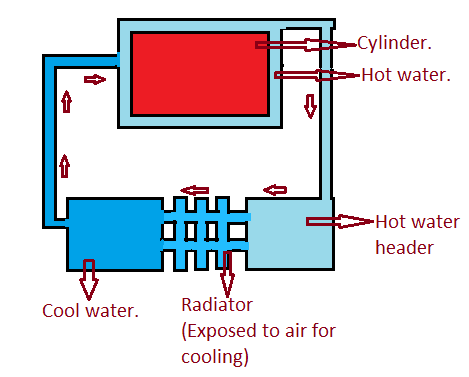Introduction: The fuel distributor is an integral part of a car engine’s performance. It is responsible for delivering pressurized gasoline evenly throughout each cylinder of an engine so that it combusts properly during each cycle of operation. Without a functioning fuel distributor, engines would be unable to achieve maximum performance and efficiency. Let’s take a closer look at how this important component works.
What is a Fuel Distributor?
A fuel distributor is a component in a gasoline-powered internal combustion engine that distributes fuel to the individual cylinders of the engine. The fuel distributor is responsible for metering the precise amount of fuel that is needed for each cylinder and then directing that fuel to the appropriate location.
In a typical fuel distributor system, fuel is pumped from the fuel tank to the fuel distributor, which then meters the fuel into smaller streams and sends it through a series of fuel injectors that deliver the fuel to the individual cylinders. The fuel distributor can be found in fuel injection systems of some vehicles in the past, such as mechanical injection systems, or CIS injection systems (Continuous Injection System) that were used in cars during the 1970s and 1980s.
In newer vehicles, electronic fuel injection systems (EFI) are used, and Fuel distributor component is not present, instead, each cylinder has its own fuel injector that is controlled by the engine control unit (ECU). The ECU receives data from various sensors, such as the throttle position sensor, mass air flow sensor and the coolant temperature sensor, to determine the correct amount of fuel to be injected into each cylinder.
Fuel distributors are critical to the proper operation of a gasoline engine, as they ensure that the correct amount of fuel is delivered to each cylinder. If the fuel distributor is not functioning properly, the engine may not perform well, have problems starting, stall or have difficulty maintaining a steady idle.
How Does the Fuel Distributor Work?
The fuel distributor is composed of several small jets connected via tubing inside its housing unit which are responsible for controlling flow rate and pressure levels accordingly. Each jet sends pressurized gasoline from the carburetor to different cylinders, providing them with fuel as needed. This helps ensure that the engine runs smoothly and efficiently, as all cylinders receive fuel simultaneously.
The fuel distributor also plays a role in controlling the timing of spark plugs within each cylinder. It does this by using two different types of timing systems: mechanical and vacuum-controlled timing systems. Mechanical timing systems use weights attached to springs to control spark plug firing times, while vacuum-controlled timing systems use air pressure from the intake manifold to adjust spark plug firing times accordingly.
Benefits of Installing a Fuel Distributor
Installing or replacing your vehicle’s fuel distributor can provide numerous benefits, including improved gas mileage, increased power output, smoother acceleration, and improved cold start performance. Additionally, replacing your vehicle’s old fuel distributor with a new one can help protect against costly engine repairs down the road due to premature wear and tear caused by malfunctioning or clogged components within your vehicle’s existing system.
Conclusion:
In summary, understanding how a fuel distributor works is key to optimizing engine performance and improving overall drivability. From controlling flow rate and pressure levels to adjusting spark plug firing times accordingly, this important piece of machinery plays an integral role in ensuring that engines run efficiently without any hiccups or misfires along the way. If your vehicle’s current system isn’t performing up to par, consider investing in a new one for enhanced reliability on the road ahead!


